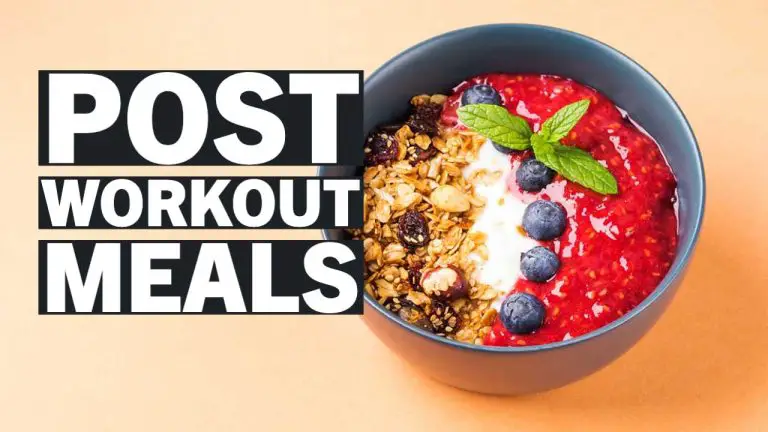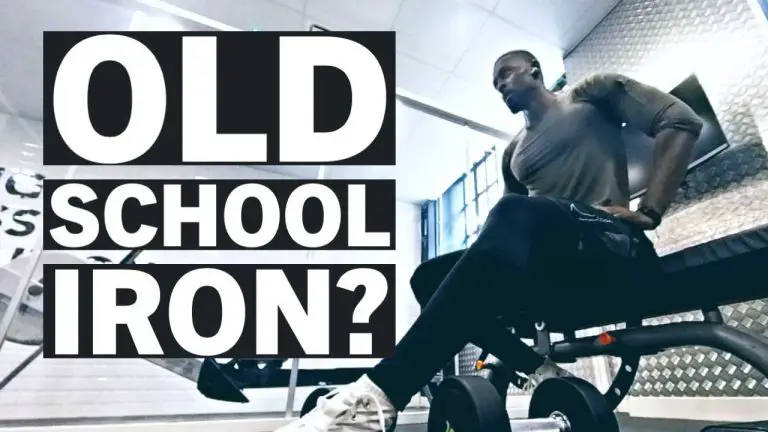What Are the Benefits of Doing Deadlifts? A Quick Guide to Gains and Strength
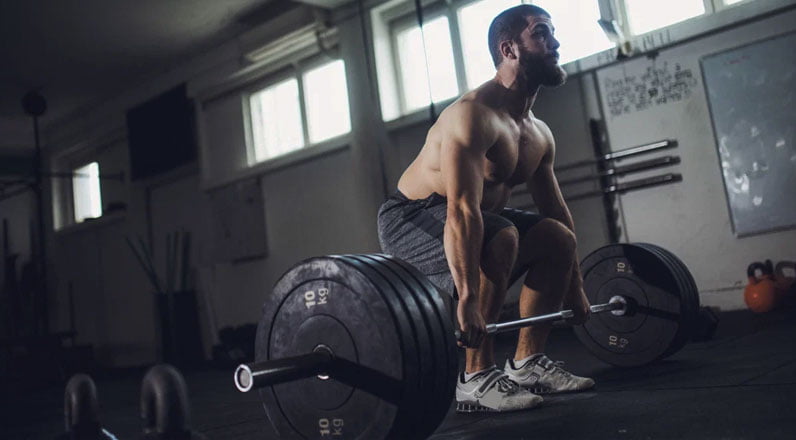
ListedFit is reader-supported. When you buy through links on our site, we may earn a small commission.
Deadlifts, a fundamental strength-training exercise, have long been a staple in workout routines for individuals looking to boost their fitness levels. This powerful, full-body exercise is celebrated for its multitude of benefits, ranging from increased muscle mass and strength to improved athleticism and core stability. By incorporating deadlifts into your regular workout regimen, you’re tapping into a key way to maximise results and unlock your body’s full potential.
Summary
While deadlifts might seem challenging at times, they are an undeniably rewarding exercise to master.
Training your body to hinge from the hips, deadlifts engage various muscles throughout your entire physique, which makes them ideal for real-world strength and movements.
Over time, deadlifts can lead to stronger legs, a fortified lower back, and even enhanced calorie burning.
Key Takeaways
- Deadlifts are a powerful exercise with numerous health and fitness benefits.
- Incorporating this full-body workout can lead to improved strength, athleticism, and core stability.
- Practicing deadlifts can help build overall body strength for everyday movements.
Table of Contents
Fundamental Benefits of Deadlifts
Improves Overall Strength
By practicing deadlifts, you’re challenging multiple muscle groups, which significantly enhances your overall strength. The exercise targets your legs, back, and core muscles, pushing your body to adapt and grow stronger over time.
Boosts Muscle Growth
Deadlifting is associated with boosting muscle growth since it targets a large number of muscle groups. Through consistent practice, you’ll witness gains and improvements in your hamstrings, glutes, and lower back muscles.
Enhances Core Stability
A key benefit of deadlifts is that they help you to improve your core stability. The exercise demands that you maintain a strong, stable core throughout the lift to maintain proper form and protect your lower back from injury.
Promotes Fat Burning
As a compound exercise, deadlifts require a significant amount of energy, which in turn increases your basal metabolic rate. This means you will burn more calories during and even after your workout, contributing to overall fat burning.
Corrects Imbalances
Deadlifts can help you address muscle imbalances within your legs, hips, and trunk. By working on form and performing this full-body movement regularly, you can counteract any existing imbalances and help prevent injuries.
Better Posture
Deadlifting regularly can lead to better posture, as it strengthens your lower back, glutes, and core muscles. With these muscles being crucial to maintaining an upright position, the improvement in your muscular strength will help in avoiding slouching and maintaining proper posture.
Increases Grip Strength
Don’t underestimate the power of grip strength. When performing deadlifts, your hands have to hold onto the bar tightly, enhancing your grip strength. Over time, this added strength will translate to improved performance in other exercises and daily activities as well.
Proper Deadlift Technique
Pros and Cons of Deadlifts
Deadlifts are a fantastic exercise offering numerous benefits, but like any exercise, there are also some drawbacks. Let’s go through the pros and cons of incorporating deadlifts into your workout routine.
Pros:
- Strengthens lower body: Deadlifts work the largest muscles in your lower body, like the glutes and hamstrings, enabling you to develop stronger legs.
- Enhances grip strength: Picking up a heavy barbell or training tool off the floor requires adequate grip strength. As you get better at deadlifts, your grip strength naturally improves.
- Improves core stability: Deadlifts don’t just work your lower body; they also engage your core muscles, which are essential for maintaining proper posture and overall strength.
- Boosts athletic performance: As deadlifts improve your explosive power and stability, you’re likely to see improvements in sports and activities that require these skills.
- Burns calories: Being a compound, heavy lifting exercise, deadlifts can help you burn a significant number of calories and contribute to weight management or fat loss goals.
Cons:
- Risk of injury: Deadlifts come with a risk of injury if you don’t use proper form or attempt to lift more weight than you can handle. Common injuries include lower back strains, herniated discs, and knee injuries.
- Requires good technique: Since deadlifts engage numerous muscles and joints, using the correct form is vital. It might take time to learn and master the technique to ensure you’re getting the most out of the exercise while minimising injury risk.
- Inadequate progress: Like any exercise, there’s always a risk of plateauing in your progress. To continually see improvements in strength and performance, you’ll need to vary your deadlift workouts by increasing weight, reps, or trying different variations.
As you can see, deadlifts offer numerous benefits but also come with some potential drawbacks. By using proper technique, learning from qualified trainers and listening to your body, you can safely incorporate deadlifts into your fitness routine and enjoy the many advantages they provide.
Does Deadlift Boost Testosterone?
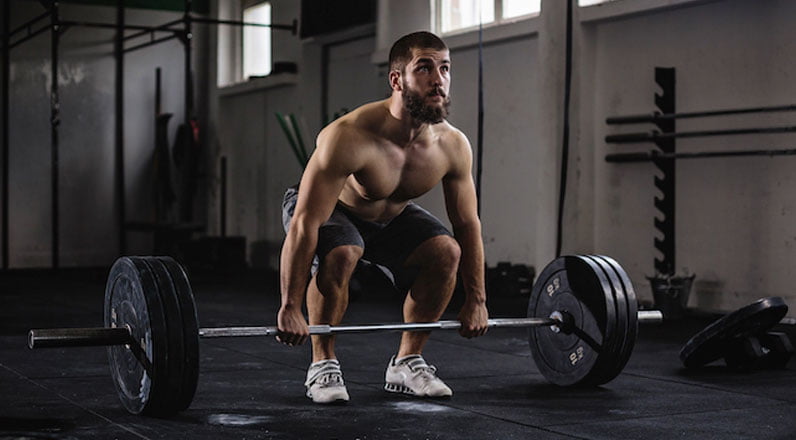
Deadlifts are known for their numerous benefits, and one of them is the potential to increase testosterone levels. When you engage in strength exercises like deadlifts, your body tends to release anabolic hormones, which assist in both muscle growth and recovery. However, it’s important to note that not all studies fully agree on the direct correlation between deadlifts and testosterone levels.
The 5×5 method is a popular and effective approach to gain increased strength, size, and testosterone. Implementing this method involves performing 5 sets of 5 barbell deadlifts per training session. Moreover, increasing your training intensity and focusing on explosiveness can also contribute to enhanced testosterone levels.
Apart from testosterone-boosting effects, deadlifts provide numerous other benefits for your overall health and wellbeing. These encompass positive effects on metabolic health, red blood cell production, and enhanced energy levels throughout the day. Beyond these, deadlifts are known to fortify the core, improve athleticism, and aid in calorie-burning processes.
Keep in mind that heavy deadlifting – at least 75% of your one-rep max – with short rest periods is more likely to stimulate testosterone production compared to lighter, high-repetition sets. Overall, integrating deadlifts into your workout routine might lead to an increase in testosterone levels, but always remember to prioritise proper form and technique to minimise the risk of injuries.
Does Sumo Deadlift Count?
Yes, sumo deadlifts definitely count as a variation of the traditional deadlift. This style of deadlift involves a wider stance, similar to how a sumo wrestler sets up before a match, which is where its name originates. As with any exercise, the sumo deadlift offers unique benefits which may be more suitable for some individuals than the conventional deadlift.
One key advantage of sumo deadlifts is that they can improve posture. For those of you with mobility or flexibility issues, or bone skeletal structures not suited for conventional deadlifts, sumo deadlifts can be the answer. This variation places less stress on the lower back while still targeting the glutes, adductors, hamstrings, quadriceps, back, core, and calves.
Safety Considerations and Deadlifts
Proper Deadlift Form
When it comes to deadlifts, proper form is crucial for both gaining benefits and ensuring your safety. Here are some key points to keep in mind while performing deadlifts:
- Stand with your feet hip-width apart and the barbell positioned over the middle of your feet.
- Bend at your hips and knees while keeping your back straight, grip the barbell with your hands shoulder-width apart.
- Make sure your shoulders are slightly in front of the bar, and your chest is facing up.
- Brace your core and keep your chest up while pushing through your heels to lift the bar.
- As the bar reaches your knees, fully extend your hips and stand tall.
- To lower the bar, push your hips back first, then bend your knees once the bar passes them.
Common Deadlift Mistakes
To help you avoid potential injury and make the most of your deadlifts, here are some common mistakes to watch out for:
- Rounded back: Maintaining a straight back is essential for protecting your spine during a deadlift. Avoid rounding your back by engaging your core and focusing on keeping your chest up throughout the lift.
- Looking up / down: It’s important to maintain a neutral neck position during a deadlift. Keep your gaze straight ahead, neither looking up nor down, to help promote proper spinal alignment.
- Jerking the bar: Avoid jerking the bar off the ground. Instead, start with tension in your body and a controlled lift to prevent unnecessary strain on your muscles.
- Lifting too heavy: Gradually increase the weight you’re lifting rather than attempting a heavy load all at once. This helps keep your form in check and minimises the risk of injury.
By paying attention to proper form and avoiding common mistakes, you can efficiently benefit from deadlifts while keeping safety considerations in mind.
Frequently Asked Questions
Can deadlifts help with weight loss?
Yes, deadlifts can help with weight loss. As a full-body compound exercise, deadlifts engage multiple muscle groups, such as your glutes, hamstrings, and back muscles.
This helps burn more calories during and after your workout. Just remember, to successfully lose weight, you’ll need to pair your deadlifts with a balanced diet and overall calorie management.
How do deadlifts affect back muscles?
Deadlifts work your entire back, including the lower, middle, and upper portions. By properly executing this exercise, you’ll engage and strengthen your spinal erectors, lats, and traps.
This can improve posture, support spinal health, and reduce the risk of back injuries. Make sure you maintain good form to avoid straining your back muscles during deadlifts.
Do deadlifts boost testosterone levels?
Deadlifts, along with other compound exercises that work large muscle groups, have been shown to stimulate increased testosterone production.
Testosterone plays a crucial role in overall health and well-being, especially for men.
However, it’s important not to rely solely on deadlifts for boosting testosterone; consider incorporating other compound movements like squats and bench presses as well.
What body changes can result from deadlifts?
Regularly performing deadlifts may lead to increased muscle mass, improved strength, and better posture. By working numerous muscle groups, deadlifts can add more definition to your legs, glutes, and back.
Additionally, you might notice increased power and explosiveness in your movements, thanks to the strength gains from performing this compound lift.
Are there benefits to deadlift variations?
Absolutely. Deadlift variations can offer unique benefits and allow you to target specific muscle groups more effectively.
For example, the Romanian deadlift primarily targets the hamstrings and glutes, while the sumo deadlift allows for a more upright torso, which can be beneficial for those with mobility limitations. Experiment with different variations based on your needs, goals, and comfort levels.
How do deadlifts compare to squats?
Deadlifts and squats are both compound exercises that provide similar benefits when it comes to building strength and muscle mass.
However, deadlifts primarily target your posterior chain (hamstrings, glutes, and lower back) while squats focus more on the quadriceps.
Additionally, deadlifts involve lifting a loaded barbell off the floor, whereas squats start with the barbell resting on your shoulders. Incorporate both exercises into your fitness routine to reap the full benefits of each movement.
Author
Latest entries
 FitnessAugust 19, 2023Yohimbe vs Yohimbine: A Quick Comparison Guide
FitnessAugust 19, 2023Yohimbe vs Yohimbine: A Quick Comparison Guide AshwagandhaJune 16, 2023Is Ashwagandha Good for Working Out? Key Benefits Explored
AshwagandhaJune 16, 2023Is Ashwagandha Good for Working Out? Key Benefits Explored Sports HeadphonesMay 25, 2023Why Your EarBuds Keep Falling Out – Quick and Easy Solutions
Sports HeadphonesMay 25, 2023Why Your EarBuds Keep Falling Out – Quick and Easy Solutions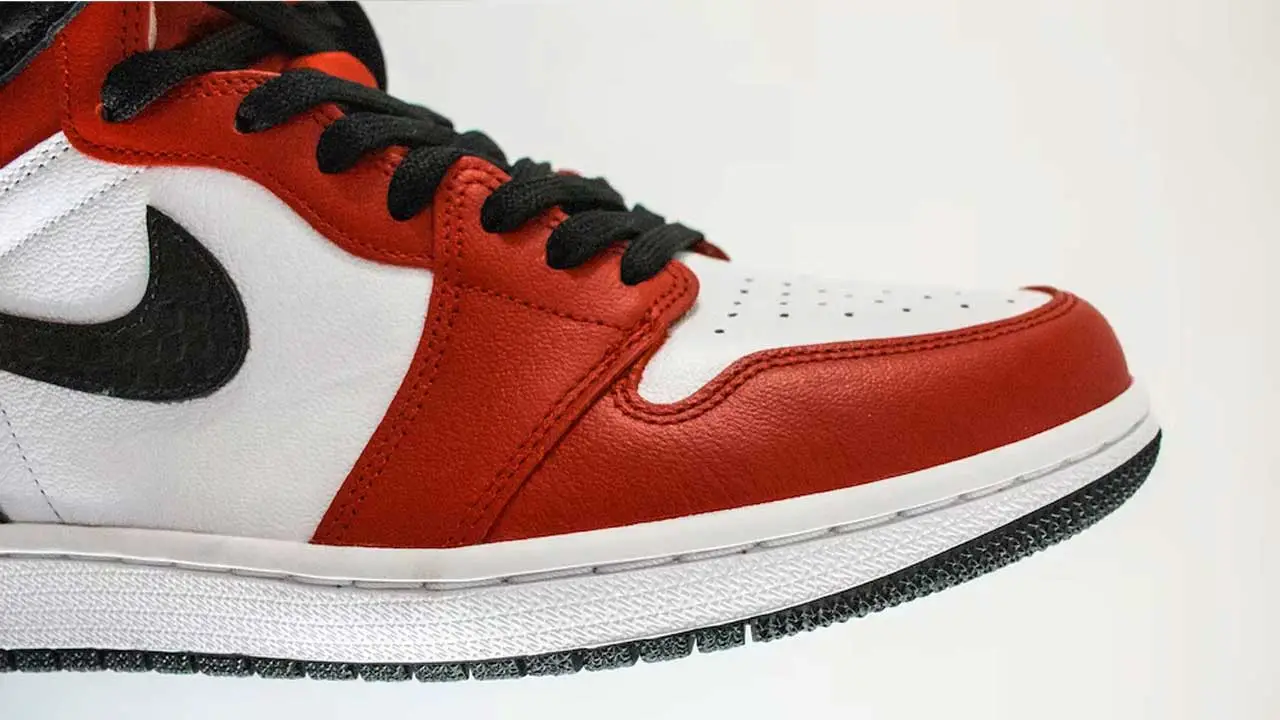 Nike ShoesMay 12, 2023Do Nikes Run Big or Small? Decoding the Perfect Fit
Nike ShoesMay 12, 2023Do Nikes Run Big or Small? Decoding the Perfect Fit
Affiliates:
This post may contain affiliate links that at no additional cost to you, the site may earn a small commission. We only recommend products we would use ourselves and all opinions expressed on this site are our own.
General Advice:
The information provided in this article is for general informational purposes only. It is not intended as a substitute for professional advice. Always consult with a qualified healthcare professional before starting any new diet, exercise program, or making changes to your health routine.
Accuracy Advice:
While we strive to provide up-to-date and accurate information, the content in this article may not reflect the most current research or medical guidelines. We encourage readers to do further research and consult with professionals for more personalized advice.
Our Recommendations:
The products and services mentioned in any of our articles are recommended based on our independent research and personal experience. We are not sponsored by any company. We aim to suggest products and services we believe are of high quality and could be beneficial to our readers.

